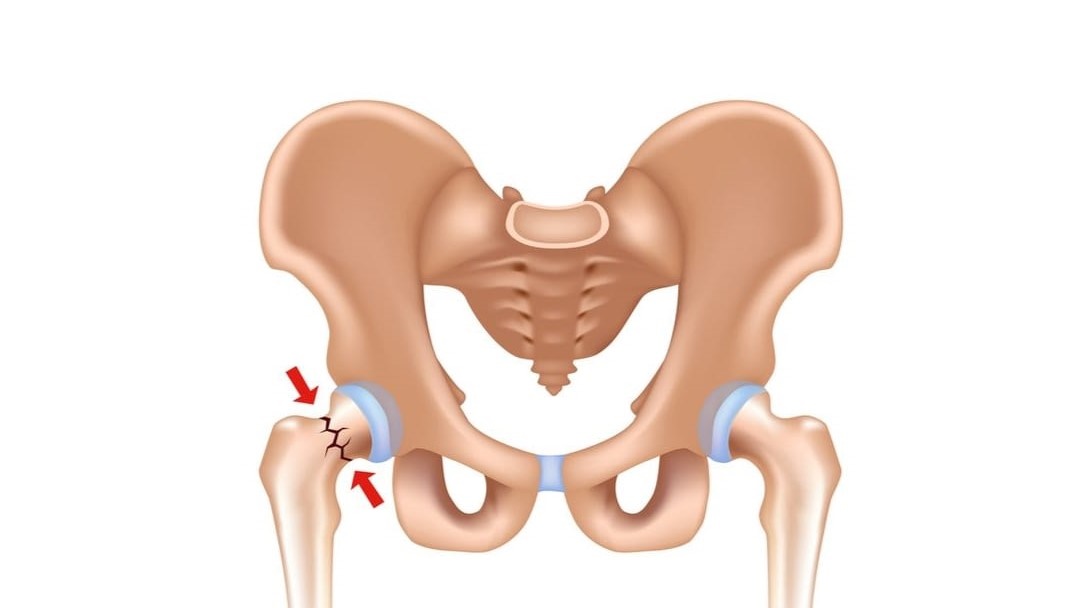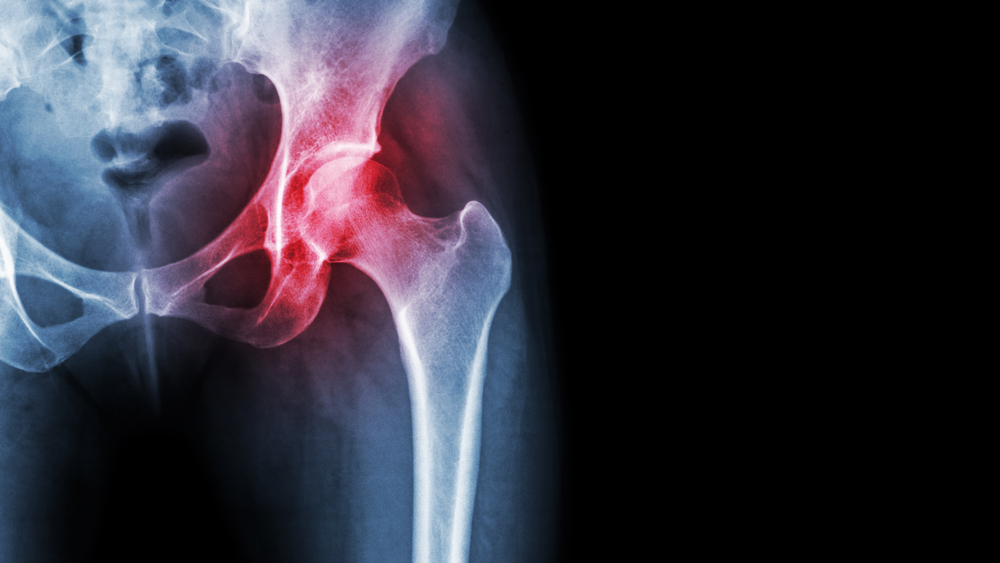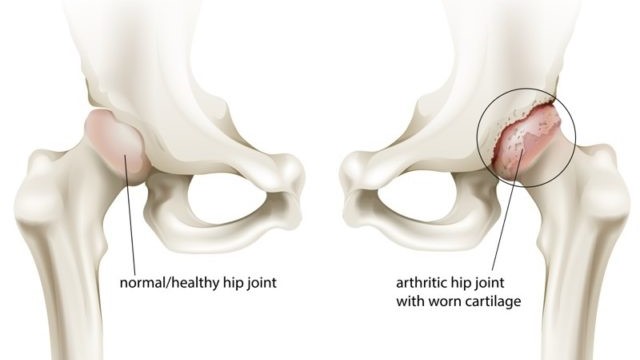Hip Fracture

Mostly, hip fractures occur in people above the age of 60, and the risk increases with growing age. Osteoporosis is also a common reason.
Hip Dislocation

The anterior dislocation is when the femur is pushed out of the socket in the forward direction.
Avascular Necrosis

Avascular Necrosis (AVN) is the condition when the bone tissue dies because of insufficient blood supply. It is also called osteonecrosis, ischemic bone necrosis, or aseptic necrosis. If not treated on time, it can lead to bone collapse. Usually, it affects the hip apart from the knees, shoulder, and ankles. When left untreated, it can result in the breaking of bones. A dislocated joint or broken bone can mess with the normal blood flow to a particular area of bone.
It is also associated with excessive alcohol intake and high-dose of steroid medications. Avascular necrosis is most common in adults ageing from 30-50 years or above.
Osteoarthritis

It is essential to stay active, maintain a healthy weight, and visit an orthopedist on noticing any symptoms of osteoarthritis.
Interventions
Important Links
Contact Us
Room No: 338, 3rd Floor
Yasodha Hospital
Somajiguda, Hyderabad.
+91 9456002345
drtdrreddy@gmail.com
